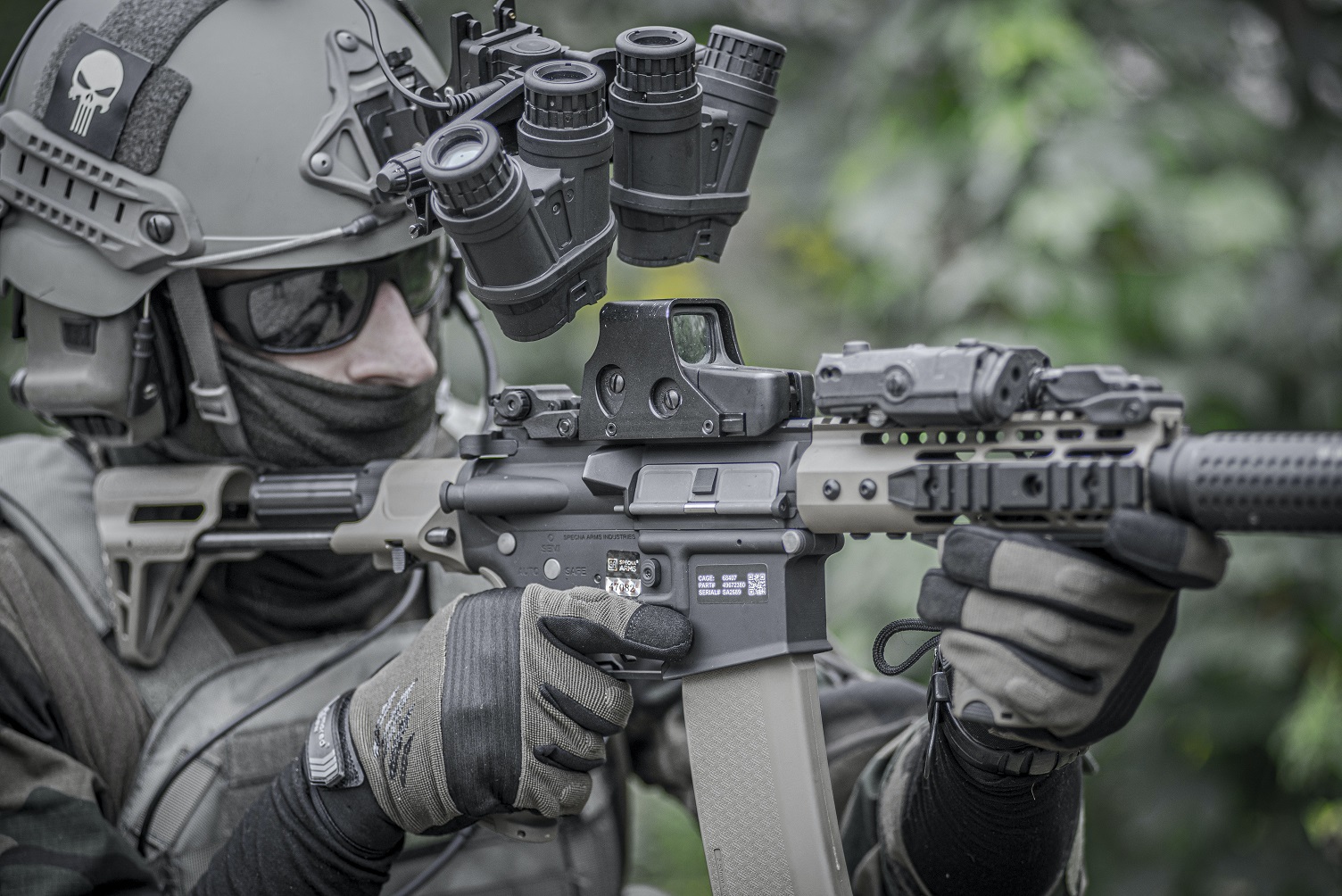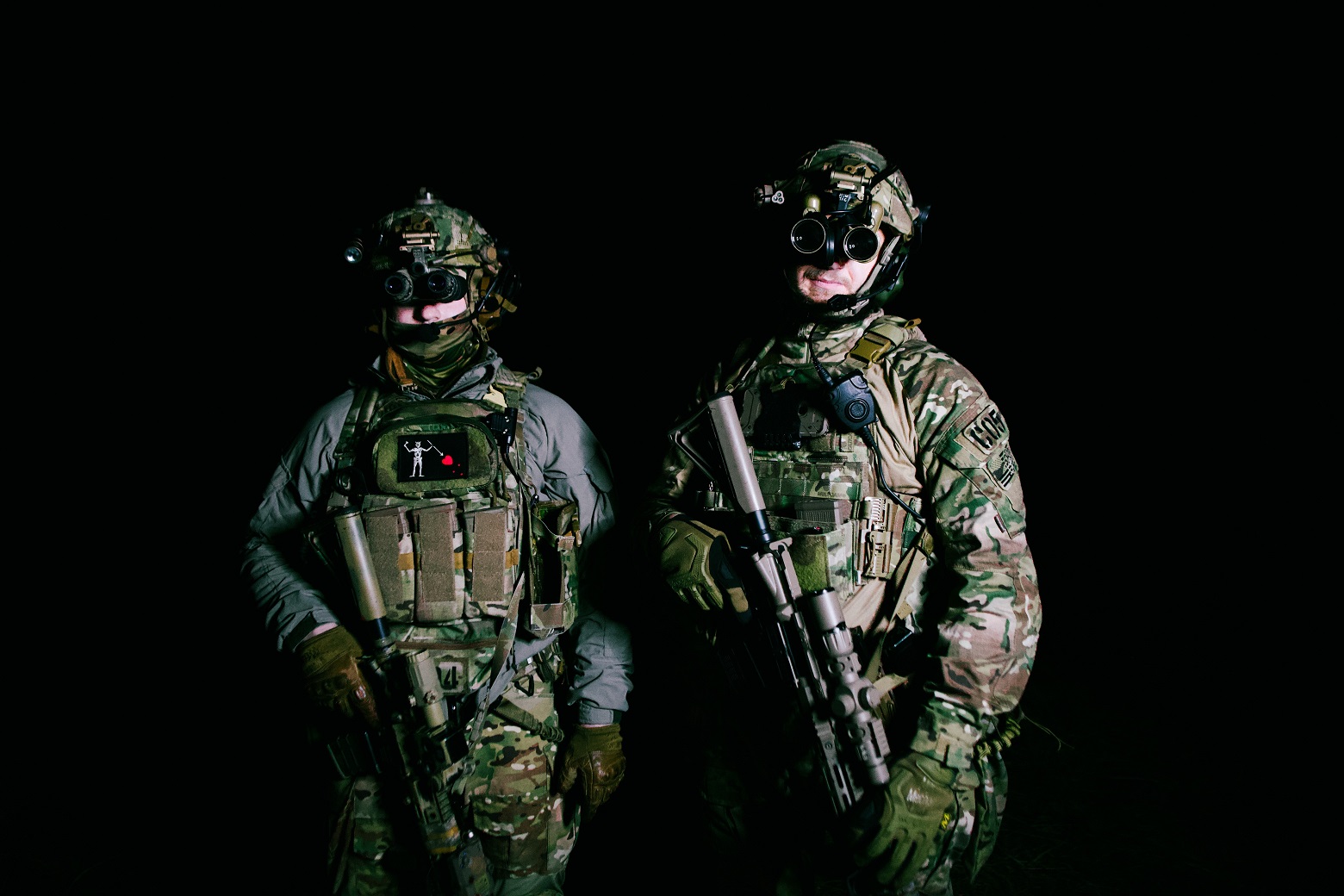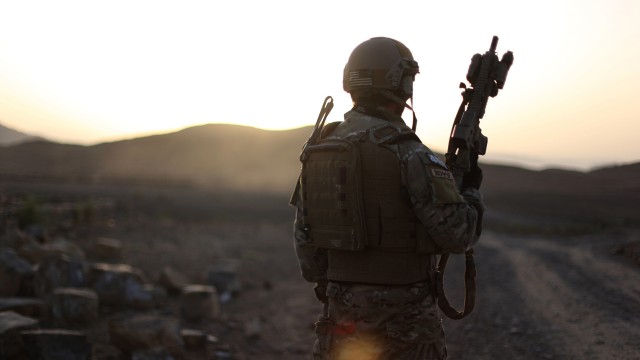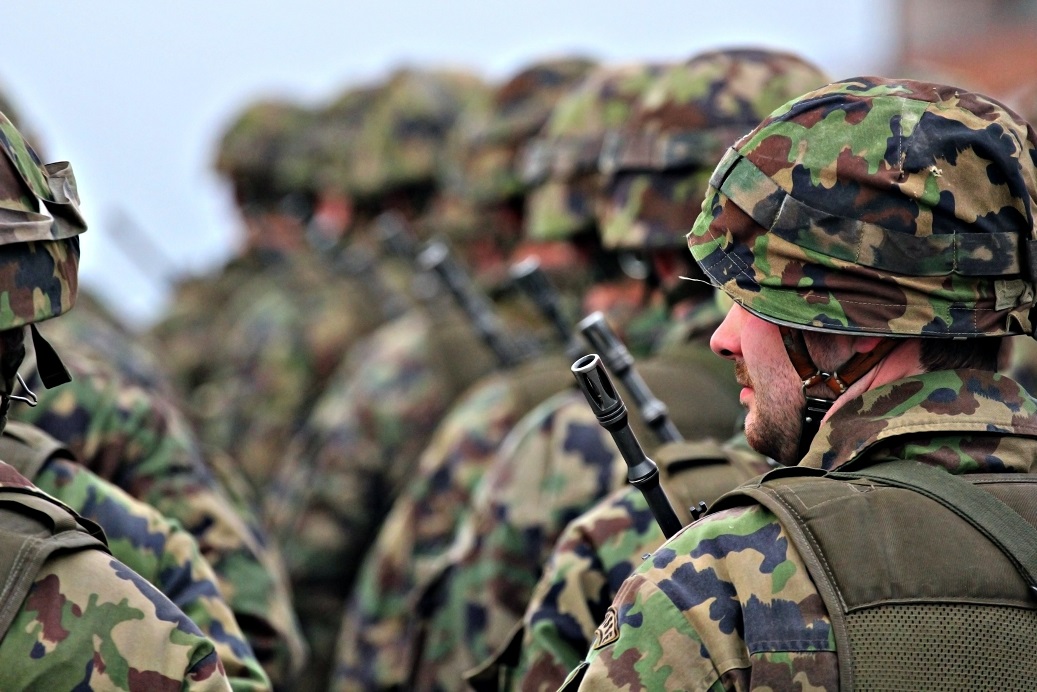Body armor is a critical piece of safety equipment for military personnel, law enforcement officers, and security personnel. In particular, level 4 body armor plates are designed to provide the highest level of protection from ballistic threats. But what exatop cheat club radfahren nord ostsee kanal einhebelmischer ideal standard saturn 2tb festplatte רהיטי בית fashion collar el gato con sombrero pelicula completa en español come decorare tavola per natale centro analisi san giorgio a cremano nike edition limited amazon echo stimmerkennung landkarte auf holz kleben free video material lauzier las cosas de la vida nike lunar oneshot white ctly makes up these plates? Let’s break it down.
Construction Materials
Level 4 body armor plates are made with materials that can stand up to the toughest threats while also providing comfort and flexibility. The most common materials used in construction are ceramic or steel core composite. Both materials offer superior protection, but they each have their unique benefits and drawbacks. Steel core composite is heavier but provides greater protection against high-velocity rounds. Ceramic is lighter but it’s more prone to cracking or shattering if impacted by a high-velocity round.
Hardening Processes
Another important factor when it comes to level 4 body armor plates is the hardening process used during construction. This process involves adding material layers that help disperse energy generated from an impact. The more layers of hardened material added, the more effectively the plate will disperse energy and reduce its effects on the wearer’s body. Hardening processes also help protect against spalling (splintering) which occurs when fragments of a bullet ricochet off the surface of the plate after impact, posing additional risks to the wearer.
Coatings & Coverings
Lastly, many level 4 body armor plates come with coatings or coverings to further improve their performance in certain areas like water resistance, dust mitigation, and flame retardancy. These coatings can also add an extra layer of protection by reducing bullet fragmentation upon impact—a critical factor when it comes to body armor performance since fragments are particularly dangerous due to their potential size and velocity upon exiting an object they’ve hit at high speeds.
Level 4 body armor plates provide superior protection against ballistic threats while still allowing for flexibility and comfort for wearers in demanding situations such as combat or law enforcement operations. When looking at level 4 body armor plates, there are three main components you should consider: construction materials, hardening processes, and coatings & coverings. Understanding these components helps ensure you find a plate that offers maximum protection in any situation you may encounter on duty or in your daily life as a soldier or law enforcement officer.
For more articles, please click here.









